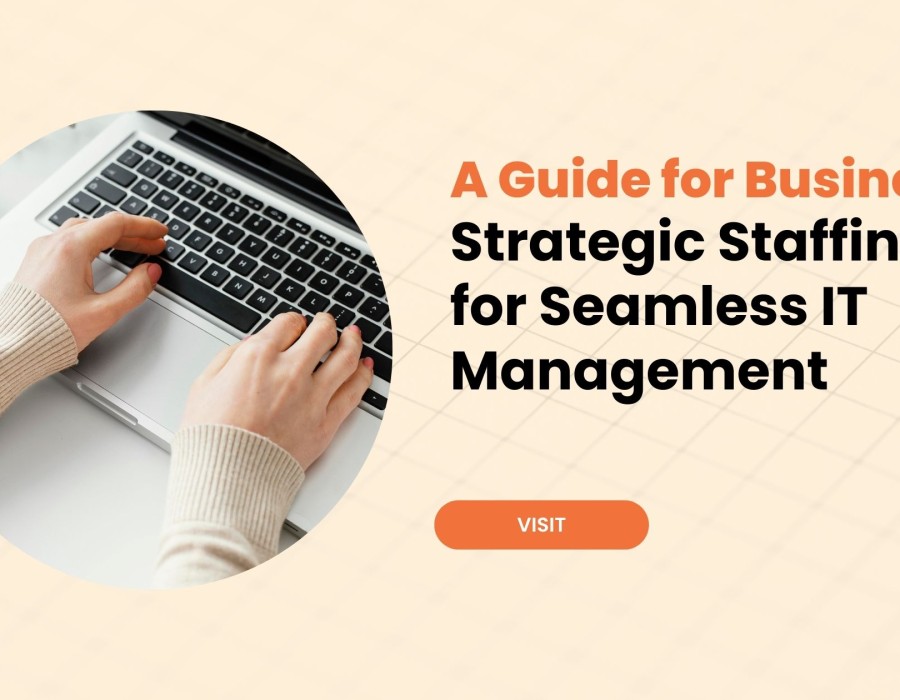In today's digital age, where technology underpins nearly every aspect of business operations, seamless IT management is essential for maintaining productivity, competitiveness, and customer satisfaction. However, achieving this level of efficiency and effectiveness requires more than just the latest tools and systems—it demands strategic staffing practices that align talent with business objectives. In this guide, we'll explore the key principles and best practices for strategic in IT staffing management, empowering businesses to build and maintain high-performing teams that drive success.
Understanding Strategic Staffing
Strategic staffing goes beyond simply filling vacant positions; it involves aligning workforce capabilities with organizational goals and priorities. In the context of IT management, this means identifying the specific skills, expertise, and experience required to support and enhance your technology infrastructure, applications, and services.
Assessing Current and Future Needs
The first step in strategic staffing for IT management is conducting a comprehensive assessment of your current and future needs. This involves evaluating your existing IT environment, identifying areas for improvement or expansion, and forecasting potential challenges or opportunities. By understanding your organization's strategic objectives and technology requirements, you can develop a roadmap for staffing that aligns with your long-term goals.
Leveraging Specialized Expertise
IT management encompasses a broad spectrum of disciplines, from network administration and cybersecurity to software development and data analytics. To ensure seamless operations and optimal performance, businesses must leverage specialized expertise in each of these areas. This may involve hiring full-time staff with specific skill sets, partnering with external consultants or contractors, or engaging with managed service providers for comprehensive support.
Embracing Flexibility and Scalability
In today's rapidly evolving business landscape, flexibility and scalability are paramount. Strategic staffing practices should accommodate fluctuations in workload, changing project requirements, and emerging technology trends. This may involve adopting agile workforce strategies, such as employing a mix of full-time, part-time, and contract employees, or outsourcing certain functions to specialized providers.
Investing in Professional Development
Effective IT management requires continuous learning and skill development to keep pace with technological advancements and industry best practices. As such, businesses should invest in professional development opportunities for their IT staff, including training programs, certifications, and participation in industry conferences and events. By empowering employees to enhance their skills and expertise, organizations can strengthen their IT capabilities and adapt to evolving challenges.
Fostering Collaboration and Communication
Seamless IT management relies on effective collaboration and communication among team members, departments, and external partners. Businesses should foster a culture of openness, transparency, and knowledge sharing, encouraging cross-functional collaboration and leveraging collaboration tools and platforms to facilitate communication. By breaking down silos and promoting teamwork, organizations can streamline operations, resolve issues more efficiently, and drive innovation.
Conclusion
Strategic staffing is a cornerstone of seamless IT management, enabling businesses to align talent with technology to achieve their strategic objectives. By assessing current and future needs, leveraging specialized expertise, embracing flexibility and scalability, investing in professional development, and fostering collaboration and communication, organizations can build high-performing IT teams that drive success in today's digital landscape. With strategic staffing practices in place, businesses can navigate complexity, mitigate risks, and unlock new opportunities for growth and innovation.





Comments